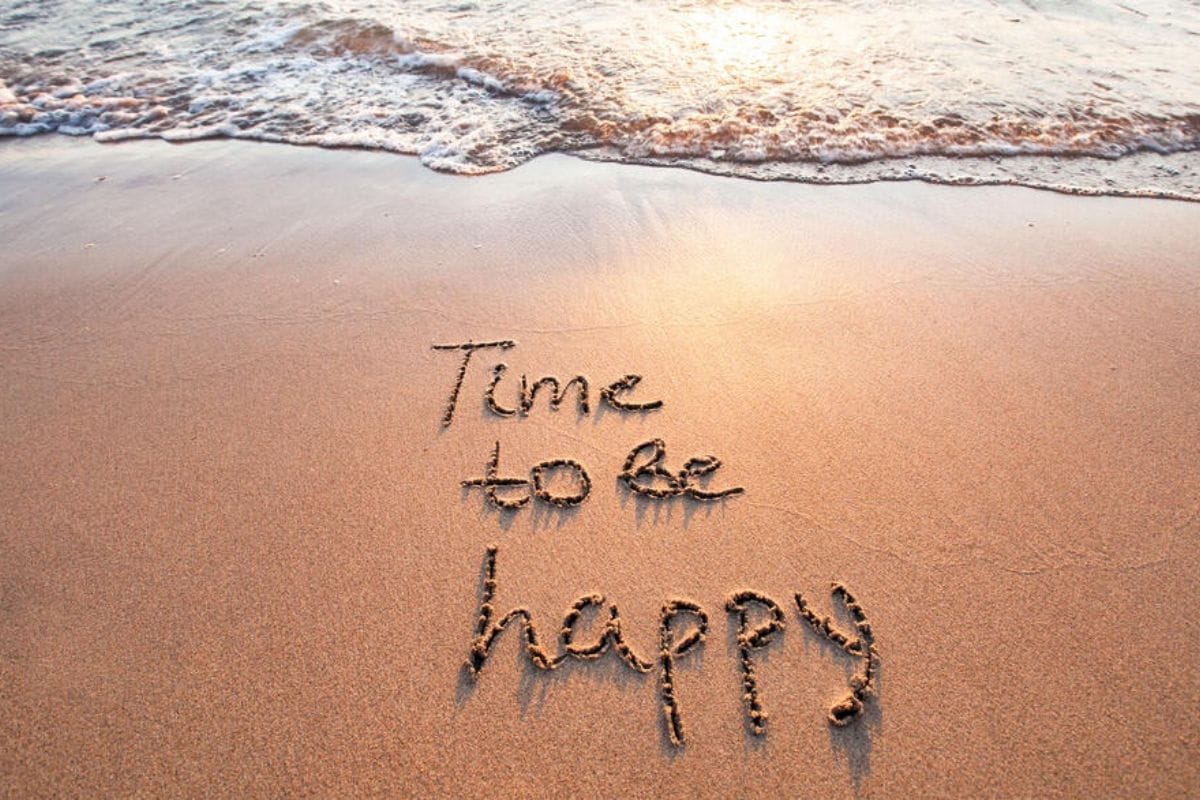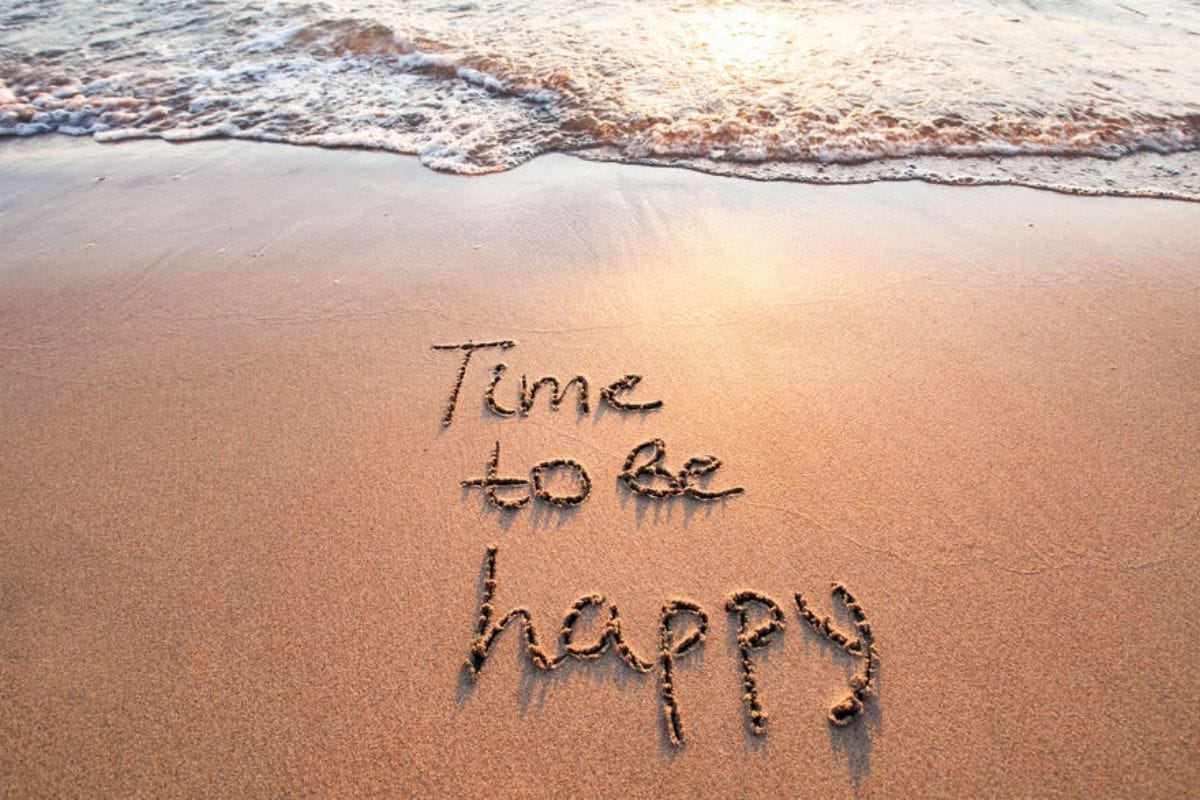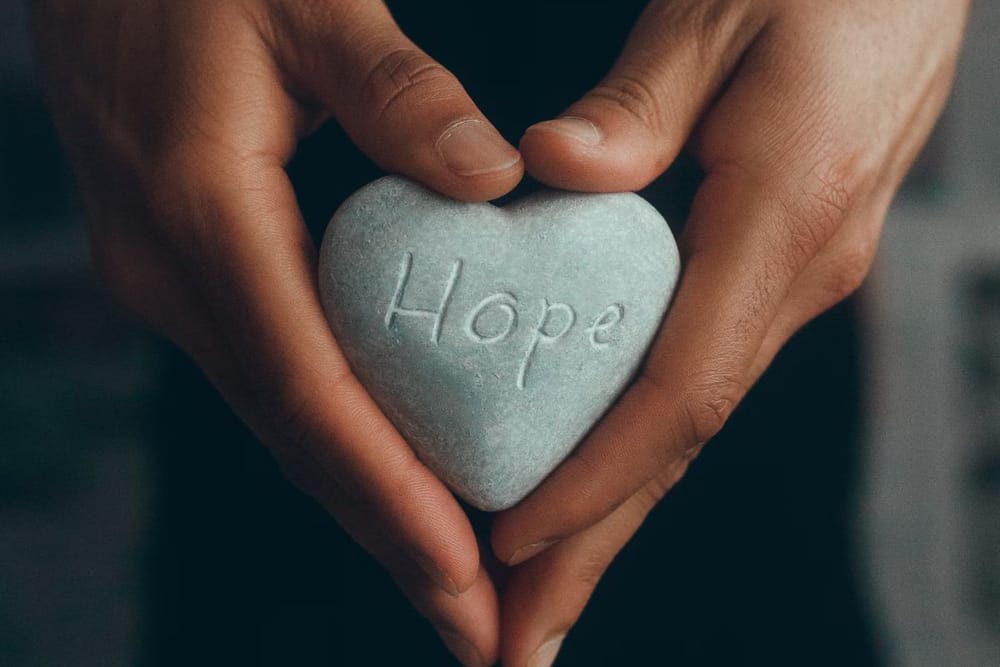Hope doesn’t always look like bright skies or big dreams. Sometimes, it’s as simple as taking a breath when your ride is late, offering a smile when plans fall through, or deciding not to give up on yourself... again. Choosing to stay hopeful can feel like a quiet rebellion in a world that rushes, postpones, cancels, and disappoints.
It’s not about denying reality or forcing optimism. It’s about leaning into patience instead of panic, presence instead of pressure. In those ordinary pauses, traffic jams, long lines, and late emails, hope becomes less about “what’s next” and more about “what now.” And in choosing it again and again, something shifts, not on the outside, but within.
This piece explores what it really means to stay hopeful in everyday life, not out of naivety, but as a conscious, human act. One that builds a quieter, deeper kind of strength. One that reminds us: maybe the small things aren’t so small after all.
Hope begins when we stop needing control and start choosing how we respond
Most of us are taught to look for hope in big changes. A new job. A better year. A breakthrough moment. But what if hope was something much smaller—and more accessible?
It can look like not raising your voice in a frustrating moment. Or doing your tasks slowly, even when your mind feels heavy. It can be something as small as watering your plants or replying to an email you’ve been avoiding.
These moments don’t demand a smile or false cheer. They simply remind you: you’re still here, and you're still trying.
Where does hope come in here?
It becomes the quiet decision to keep showing up—no matter how small that effort feels.
Delays and slow days aren’t always a setbackthey can be a reset
In Dubai, the pace of life rarely slows down. We’re used to things moving quickly: appointments, projects, traffic, timelines. So, when something is delayed or doesn’t happen the way we expected, it feels like something’s gone wrong.
But sometimes, those delays are offering something we didn’t realize we needed.
In the quiet, we notice more. We take a breath. We remember something that’s been sitting in the back of our mind. We realize how tightly we’ve been holding onto things. That stillness, instead of taking us away from life, can bring us back to it.
How does hope help in these pauses?
It reminds us that stillness isn’t stopping, it’s helping us reconnect with what matters.
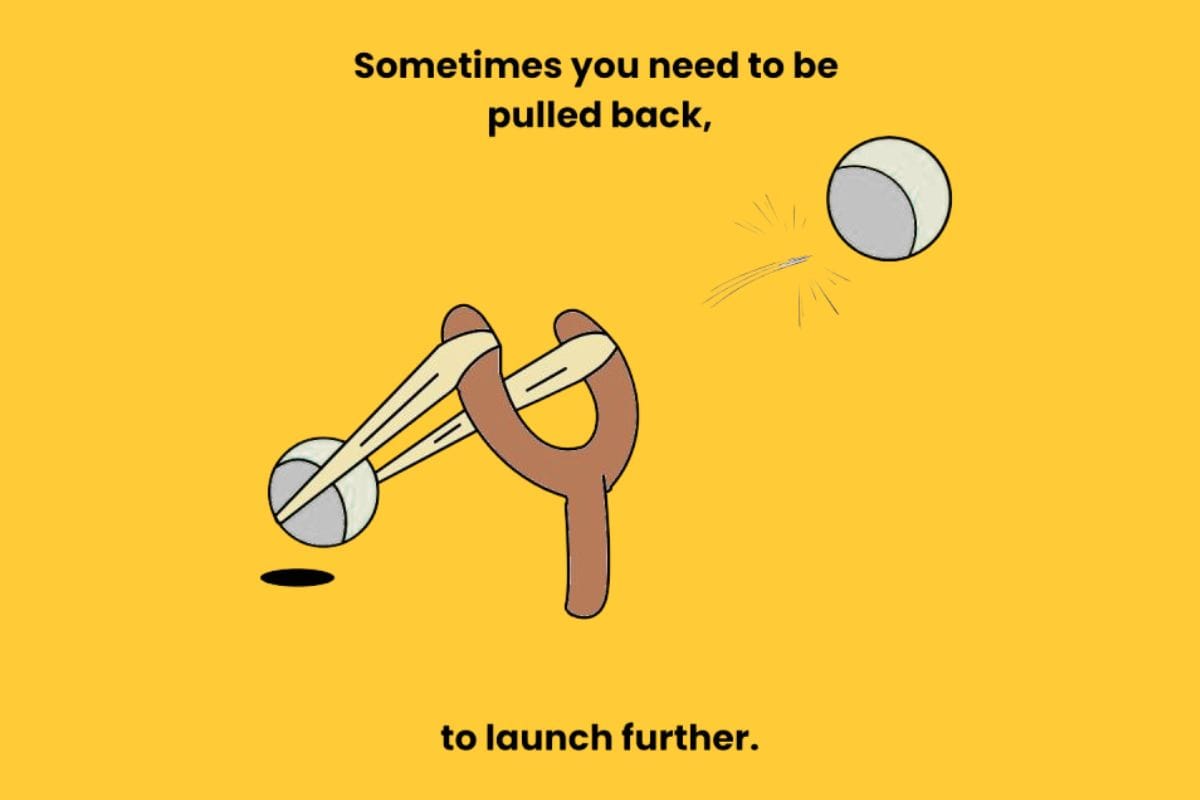
When plans fall through, it’s not always failure; it’s space
We put so much of our emotional energy into planning. Schedules give us structure. Confirmations give us comfort. So, when something changes, a dinner is cancelled, someone doesn’t call back; it can feel personal.
But not all change is bad.
Maybe the plan didn’t happen because you needed rest. Maybe the other person did. Maybe it wasn’t the right time, or something better is making its way to you quietly.
What does hope reveal in these moments?
It gives us the grace to see space not as emptiness, but as potential.
In slower seasons, you’re still moving forward, even when it doesn’t feel like it
There are days, even weeks or months, when everything slows down. Work is quiet. Your energy is low. You feel disconnected from your usual sense of purpose.
In a city that thrives on momentum, these moments can be confusing.
But growth doesn’t always look like action. It often looks like stillness. Like rest. Like making it through the day without needing to explain why you’re not “doing more.”
So what does staying hopeful mean here?
It reassures us that slowing down isn’t a sign of failure; it’s a part of becoming.

The everyday frustrations are where hope does its real work
We often imagine hope to be something that shows up during the big storms in life. But it’s tested more often in the everyday moments—the little things that poke at our patience.
The supermarket line that doesn’t move. The third rescheduled meeting. The fifth red light on a day you’re already running late.
These are the moments that ask: Can you stay soft, even now?
What does hope offer in these moments?
It helps us carry discomfort without letting it carry us away.
Hope isn’t in grand declarations, it’s in your rhythm
You don’t need a major life change to feel more hopeful. Often, the most grounding hope is found in the simple rituals of your day. Making your bed. Stirring your tea. Checking in on a friend. Sitting next to someone you love, even in silence.
These are the small things that create steadiness.
And when life feels unclear or messy, this rhythm becomes a quiet kind of guidance.
How does hope find its place here?
It reminds us that our presence, even in the ordinary, still holds meaning.
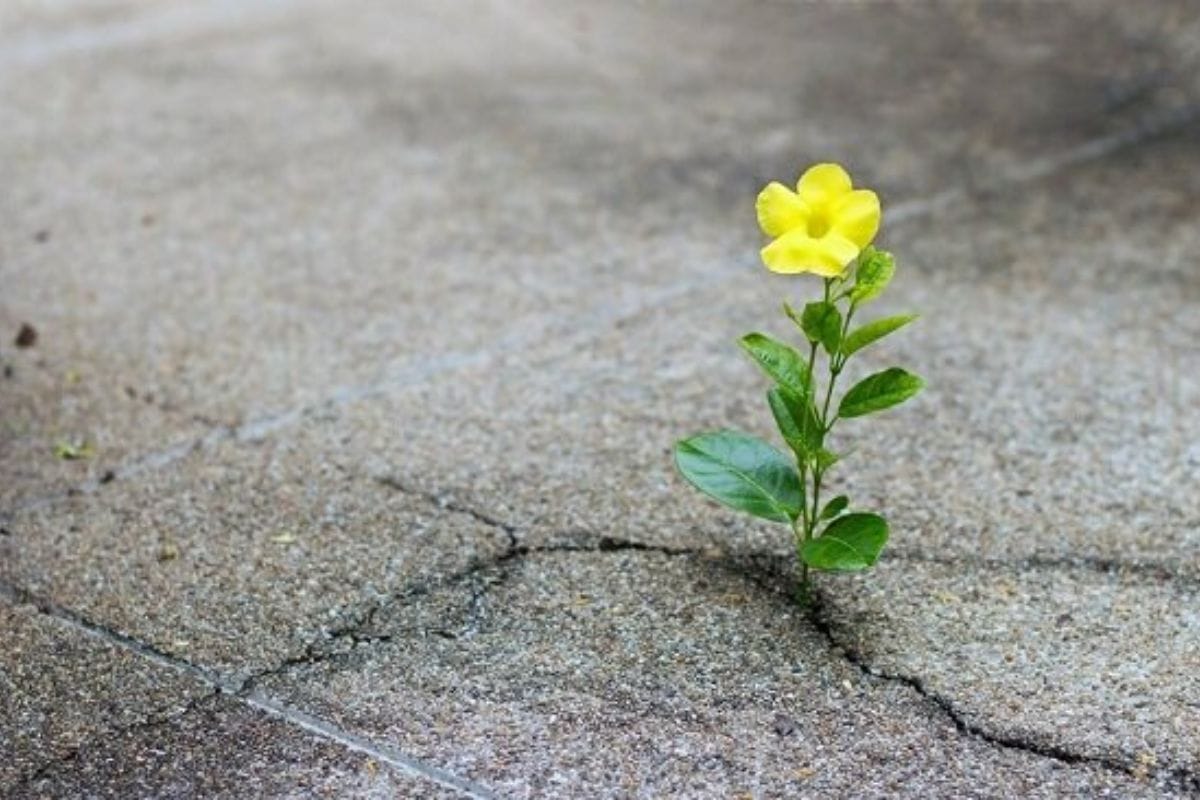
It doesn’t fix the moment, but it shapes how we move through it
Life will always come with its share of delays, disappointments, and difficult days. Hope doesn’t erase those things. But it changes us.
It softens how we respond. It gives us room to breathe, even when things feel tight. It helps us notice what’s working, instead of only focusing on what’s not.
So how does hope change our experience?
It becomes the difference between spiraling through chaos and responding with calm.
Letting hope be the quiet thread that pulls us forward
You don’t need to be certain to be hopeful. You don’t need to have it all together. You don’t even need to feel good all the time.
Hope is not about pretending. It’s about choosing, again and again, to meet the moment with presence.
In a world that praises urgency and control, hope is the gentle pause that reminds you: you’re allowed to live at your own pace.
And what does hope teach us, in the end?
That even in the in-between, we are still becoming.
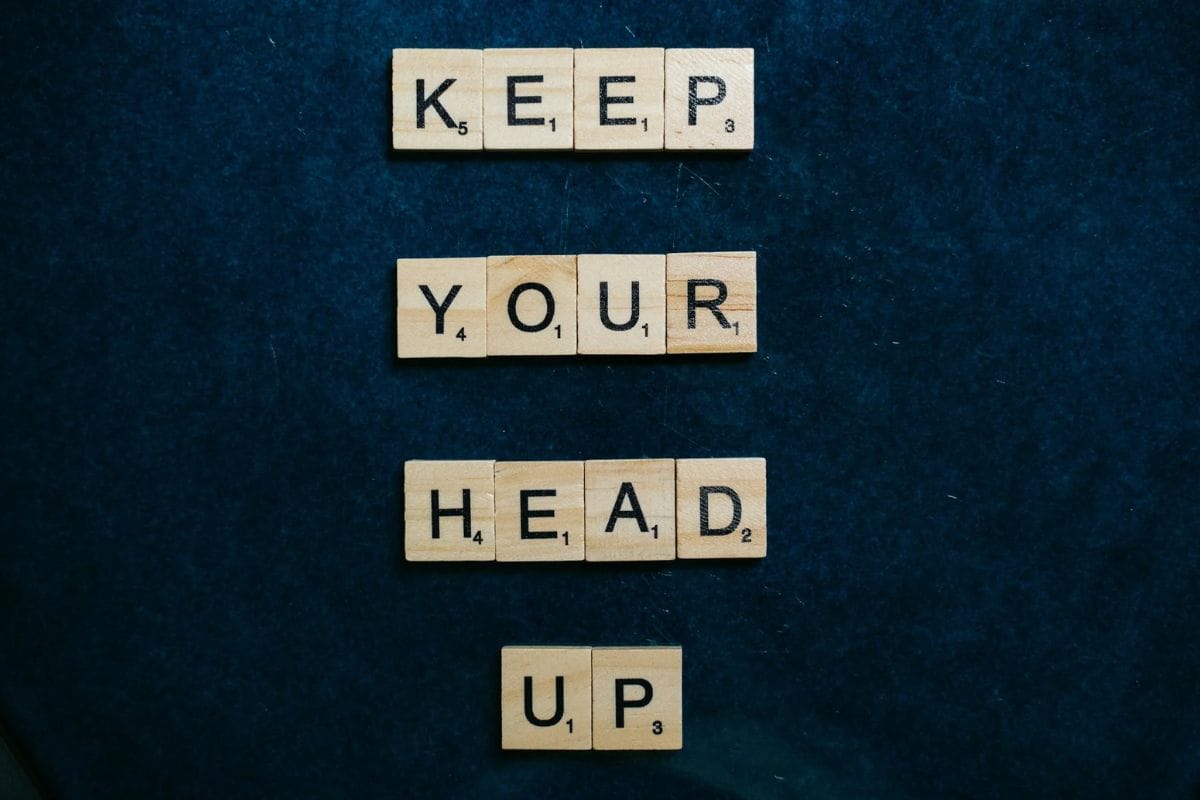
In conclusion, hope helps us stay grounded through life’s slower, uncertain moments. It gently reminds us that even the smallest steps forward still count.
Also Read:
